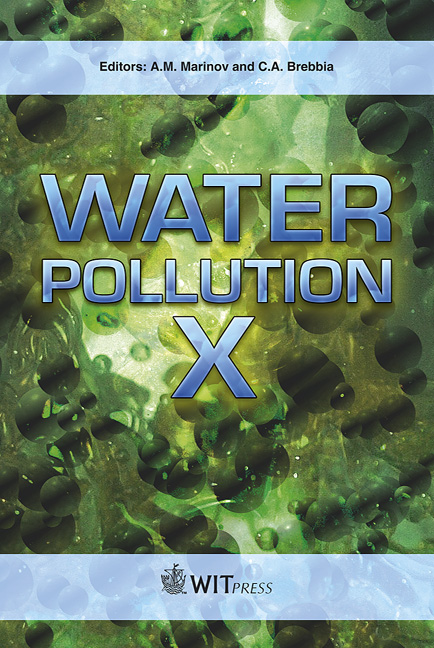Experimental Field Research On Nitrate Balance In Agricultural Soils
Price
Free (open access)
Transaction
Volume
135
Pages
13
Page Range
181 - 193
Published
2010
Size
2,668 kb
Paper DOI
10.2495/WP100161
Copyright
WIT Press
Author(s)
A. M. Marinov, M. Pele, E. M. Draghici, G. Vasile & M. Artimon
Abstract
High nitrate levels in groundwater endanger public water supplies. Although the European Community sets 50 mg NO3 ─/L as the maximum tolerated concentration in drinking water, this level is exceeded in many aquifers. The input concentrations of nitrates into the groundwater have to be reduced to acceptable levels. One of the measures to facilitate this reduction is the application of fertilizers according to the actual demand of plants and the existing quantity of nitrogen in the root zone prior to the application. Our work focuses on reducing soil contamination due to agricultural practices by analysis of irrigation and drainage with respect to transport of nitrogenous fertilizer through the soil. This paper describes our experimental field research developed in tunnels during the plants’ (Lactuca Sativa L) life time. The concentration of nitrogen compounds in soil and the nitrogen uptake by plants were measured and compared for different fertilization schedules. We compare existing methods of fertilizer application, water management, and agricultural practices to improve nitrate pollution control in soils and we propose corresponding best management practices. Keywords: soil pollution with nitrate, fertilization, irrigation, agricultural practices, experimental research.
Keywords
soil pollution with nitrate, fertilization, irrigation, agricultural practices, experimental research





